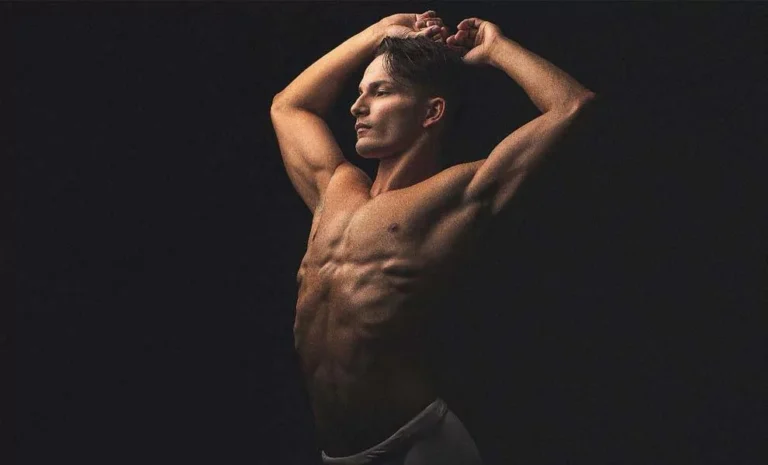As a younger man I never felt at home on a dance floor—too shy, too clumsy, too self-conscious. With time (and a few forgiving dance floors) I learned something useful: you don’t have to be a professional to make a positive impression. A little rhythm, relaxed movement, and confidence go a long way.
What the research shows
Studies suggest that the way men move can signal underlying qualities that many women find attractive. In one experiment, men were filmed dancing and also tested for physical strength (e.g., grip strength). Women who viewed the dancers tended to rate stronger men as more attractive and more assertive. This aligns with a broader finding from a motion-capture study published in Biology Letters, which identified specific upper-body and lower-body cues (notably torso/neck mobility and knee & hip dynamics) that predicted women’s attractiveness ratings of male dance movements (Royal Society: “Male dance moves that catch a woman’s eye”).
So…what do women tend to notice?
- Rhythm & timing: Staying on the beat communicates coordination and ease.
- Torso & neck mobility: Stiffness reads as tension; relaxed, varied upper-body movement tends to look more confident.
- Lower-body drive: Controlled knee and hip action (not exaggerated) adds energy and flow.
- Variation over repetition: Mixing simple steps beats a single shuffling loop.
- Confidence, not aggression: Comfortable posture, shared space, and attunement to the room say more than any flashy move.
How to become a better (and more attractive) dancer
- Build rhythm first. Clap to simple tracks, count 1-2-3-4, and practice weight shifts at home. A beginner class helps you groove without overthinking.
- Strengthen what shows when you move. A stable core and mobile hips/knees make everything look smoother. Try targeted leg work (see quadriceps training ideas) and mobility work like power yoga for muscle and flexibility.
- Relax the upper body. Unclench the jaw, drop the shoulders, and let the chest/torso follow the beat—small, natural movements read well on the floor.
- Mind the vibe. Dancing is social. Make eye contact, smile, and match your energy to the music and the people around you.
- Think consistency over intensity. General fitness supports better movement and confidence. As a baseline, aim for the guideline of 150 minutes of weekly exercise and build up gradually.
- Get feedback. Film a 20-second clip, or ask a friend/teacher for one tip to improve next time. Tiny tweaks compound.
Bottom line
From an evolutionary perspective, dance likely functions as a low-stakes showcase of coordination, strength, and social attunement. You don’t need elite skills to benefit: a steady beat, relaxed posture, and a bit of lower-body drive signal plenty. If you want to look stronger and more self-possessed when you move, cultivate simple fitness habits, keep your steps easy, and let the music do half the work.

